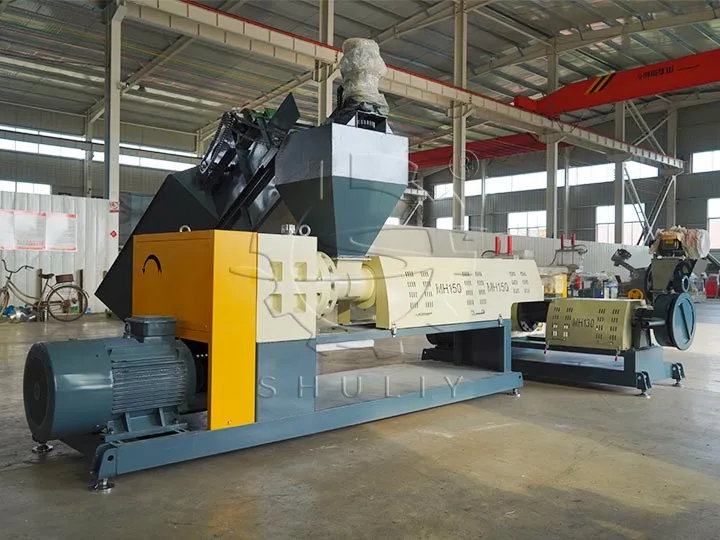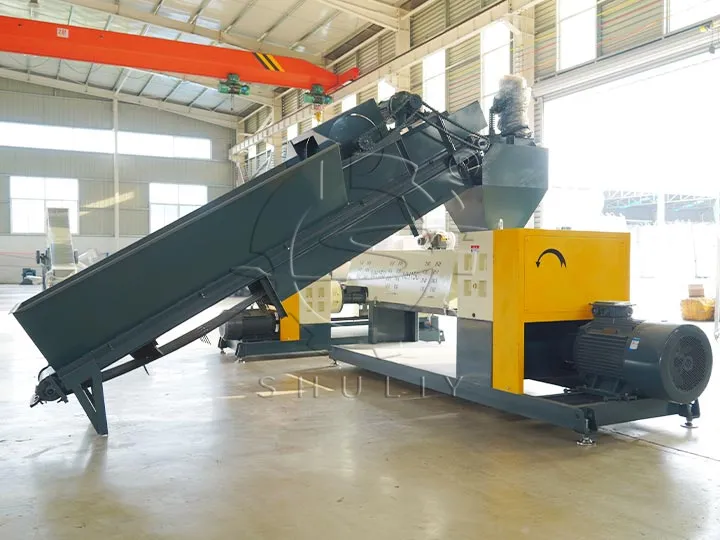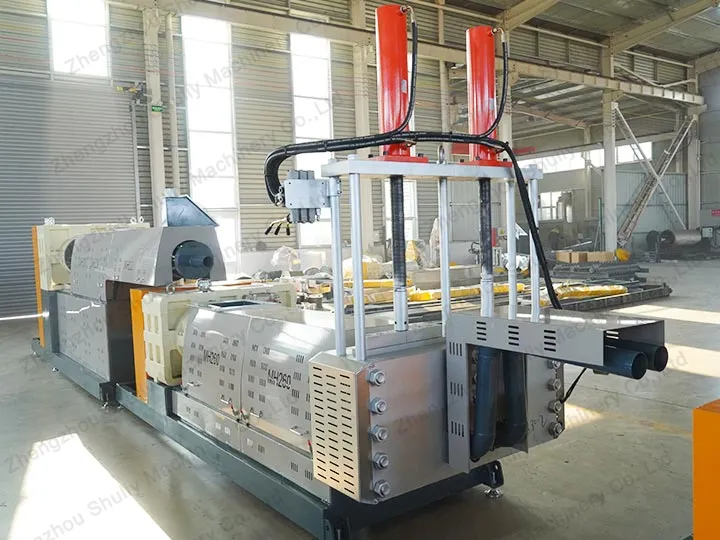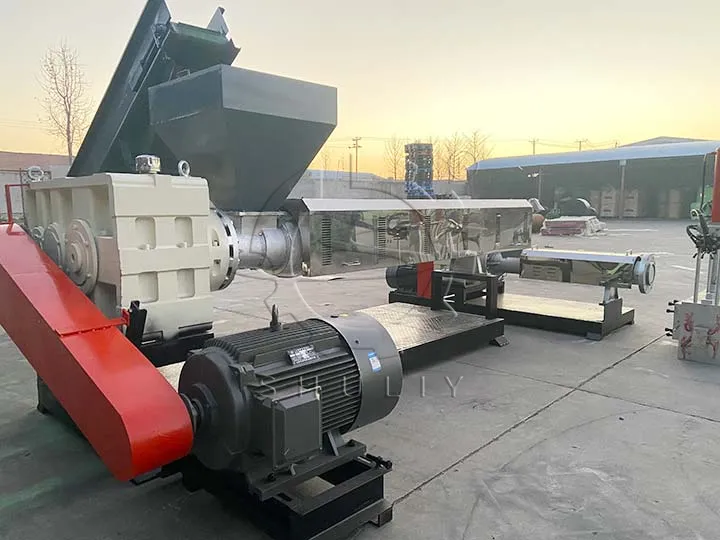In the use of plastics granulator, many people will ask a common question: a plastic pelletizing machine can handle different kinds of plastic raw materials at the same time? The answer is no. This article explores why different plastic materials cannot be melted in the same plastic pelletizer at the same time and how this relates to the processing technology.

Plastics granulator overview
Plastics granulator is a key recycling machine that converts waste plastic into recycled pellets for use in the manufacture of plastic products again by subjecting it to a series of heating, compression and cutting processes. However, different types of plastics require different temperatures and handling processes during processing to ensure that the plastic can be efficiently melted and formed into pellets.
Plastic diversity and melting point differences
Plastic diversity is determined by their composition and properties. For example, plastics such as polyethylene (PE), polypropylene (PP), polyvinyl chloride (PVC) and polystyrene (PS) have different chemical structures and melting points. Polyethylene has a melting point of about 110 to 130 degrees Celsius, while polypropylene has a melting point between 130 and 171 degrees Celsius. In contrast, polyvinyl chloride has a melting point of around 212 degrees Celsius.
These differences in melting points mean that processing these different types of plastics simultaneously in a plastics granulator can present challenges in terms of temperature control and melting processes.

Differences in processing techniques
When heating and melting different types of plastics in a plastics granulator, the process needs to be adjusted accordingly to the melting point and characteristics of the plastic. For example, for plastics with lower melting points, the heating temperature needs to be appropriately lowered to prevent overheating and possible decomposition. However, plastics with higher melting points require higher temperatures to reach the melting state.
Simultaneous processing of different types of plastic materials in the same plastics granulator may require different heating and cooling cycles, as well as different pressures and extrusion speeds. This variation requires precise process control and plastic pelletizing machine adjustments to ensure optimal melting and pelletizing of each type of plastic.

Impact and Efficient’s solutions
Attempting to process different types of plastics at the same time using a plastics granulator can lead to a range of problems such as uneven temperatures, poor mixing, and inconsistent quality. This may affect the final pelletizing quality and the effectiveness of plastic reuse.
One possible solution to this problem is to process different types of plastics in batches or to use different plastics granulators dedicated to specific types of plastics. In addition, some advanced plastic pelletizing machines may be equipped with multifunctional control systems that can adapt to a certain extent to the processing needs of different types of plastics, but still require attention to process adjustments and operating techniques.


